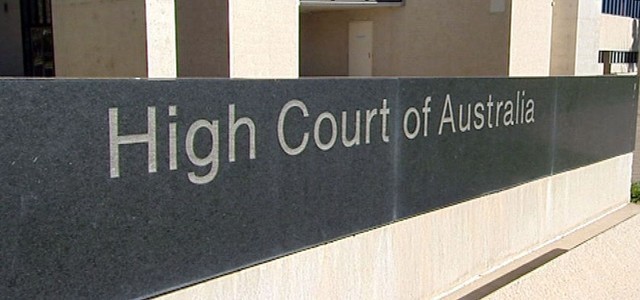Australian Marriage Equality is seeking to be heard by the High Court in defence of the ACT’s same-sex marriage law.
The advocacy group has argued its “submissions will assist the court” when the full hearing of federal government’s challenge to the new law is heard next week.
In a submission to the court, the group said “its members and others associated with it will be affected by the outcome in this matter”.
The submission argues that the ACT law is not inconsistent with the Federal Marriage Act or the Family Law Act.
The group’s statement was published shortly after the ACT government submitted its defence on Monday.
The federal government is arguing that the ACT law is unconstitutional and that the Federal Marriage Act exhaustively covers matters related to marriage.
In their submission, the ACT government’s legal team said that territory-based same-sex marriage laws could operate concurrently with the federal Marriage and Family Law Acts.
While Commonwealth law prevented the recognition of same-sex marriages solemnised overseas, it did not prohibit same-sex marriages from being created in Australia.
“At the present time, the Commonwealth has not exhausted its legislative power with respect to either recognising or prohibiting same sex marriage,” the submission said.
“The Marriage Act is concerned only with marriage as described by [section five] of the Act, but not otherwise.”
It is up to the High Court to decide whether Australian Marriage Equality can be heard in the case.
The group pushed the ACT government to amend the bill before it passed the Legislative Assembly in October.
Constitutional law experts working for Australian Marriage Equality argued that the ACT government had not done enough to protect the law from being struck down in the High Court.
The government made some minor changes to the wording of the bill before was passed, but marriage advocates argued more could have been done to strengthen the bill.
Publication: The Canberra Times
Author: Lisa Cox
Date: 26 November 2013
To view original article, click here

